If you're curious about the one-cut method, you can jump to the last section. If you're curious about the antennas I did it with, here's the quick info:
Fan Dipole
CoopTenna
One Cut Tuning
Cut your antenna to length using the standard formula of 468 / frequency (in MHz)
- Make note of the exact length of each half of the dipole. It's easiest to work in inches or centimeters. We'll call this (L1)
- Put the antenna up into its final position. Note the frequency where the actual SWR "dip" is. We'll call this (f1)
- Make note of the "desired" frequency - i.e. where you want the dip to be. We'll call this (f2)
- New Length = (f1)/(f2) x (L1).
- Trim (or fold back) so that the antenna halves are your new length.
- Put the antenna back up, and go get on the air - you're done!
The things I was curious about, that I couldn't find anywhere, and my newly discovered answers were:
- Does this work for a fan dipole, or does the interaction between elements screw things up?
- For me, Yes, it works! The "new" frequency ended up being a little bit off from my target, but it was close enough that I was still under 3:1 everywhere I wanted to be on 80m, and under 2:1 across all of 40m and 20m.
- Does this work for a vertical, when you're basically only working with half an antenna against a ground plane?
- For me, Yes! I did the exact same method for the length of the vertical, so I only had to put it up once, bring it down to tune it, and then put it up for good.
Done and done!
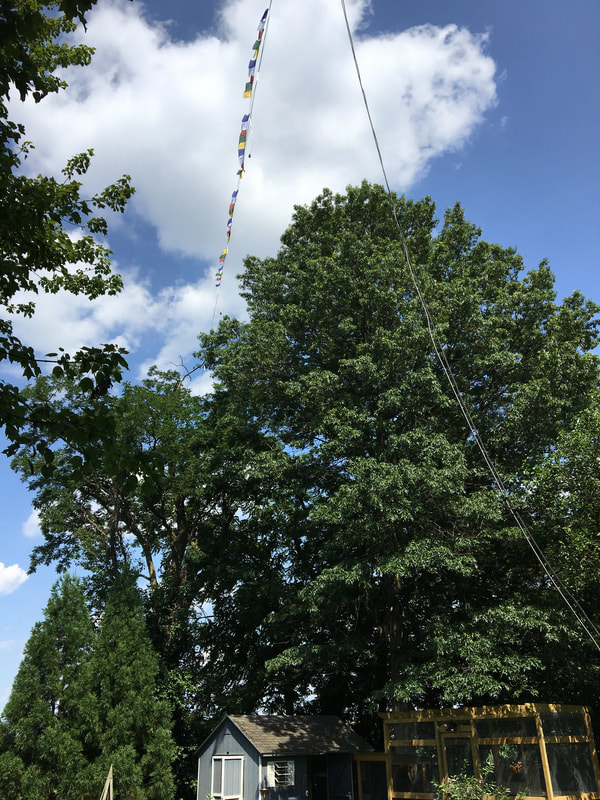
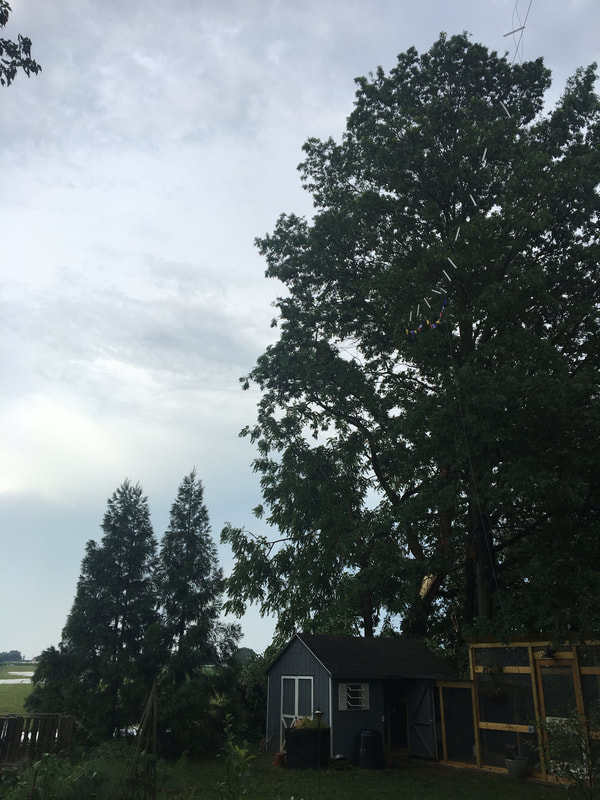
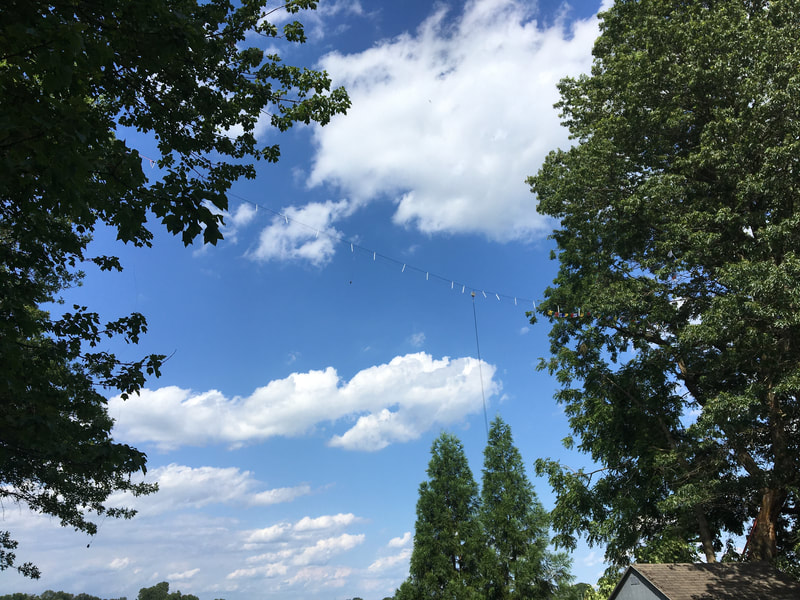
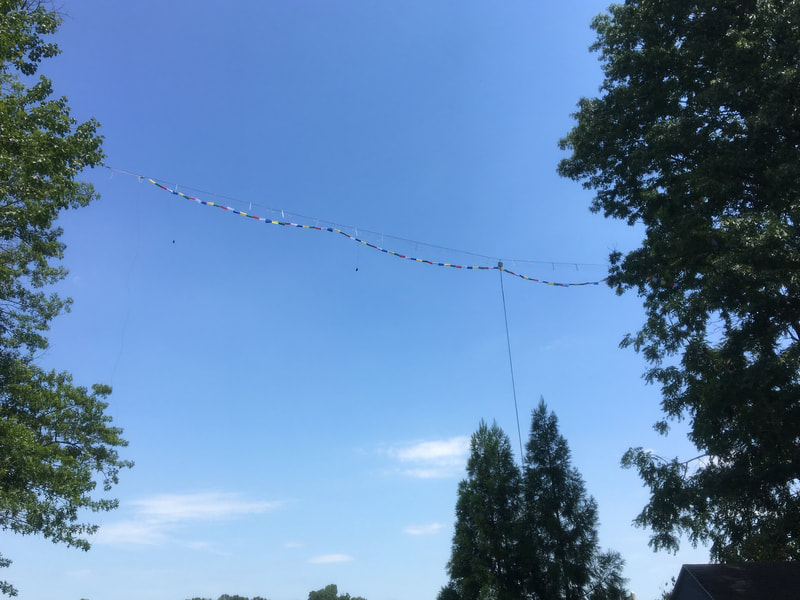
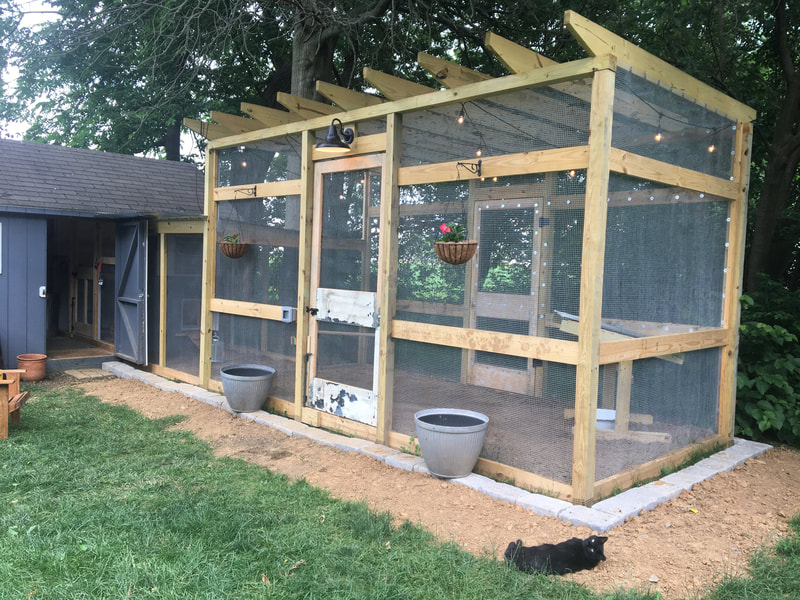
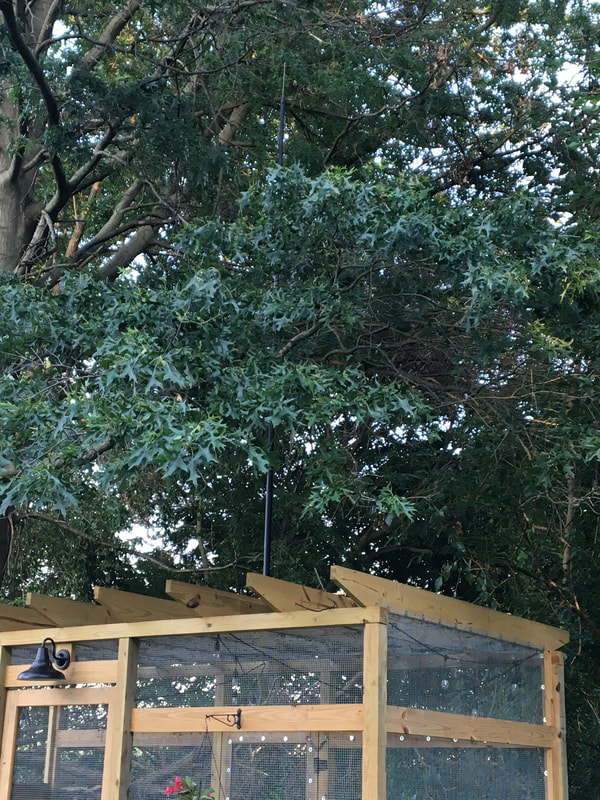
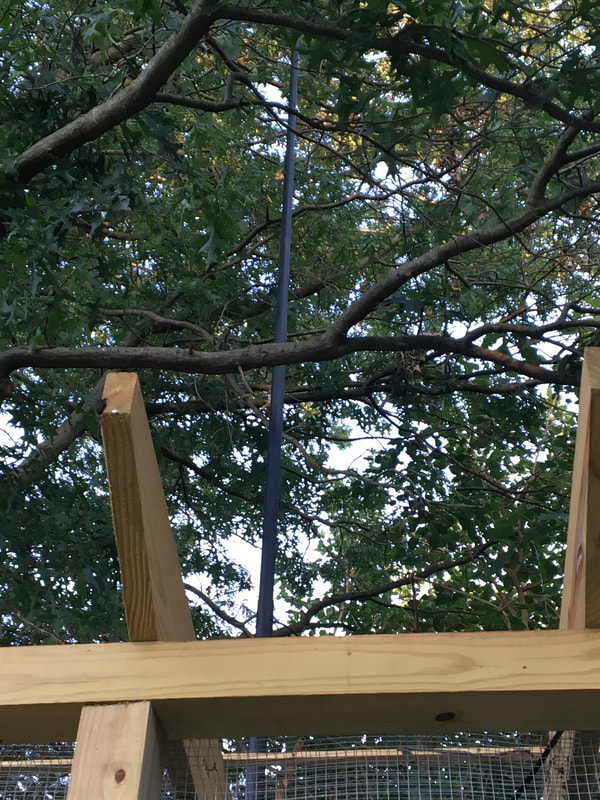
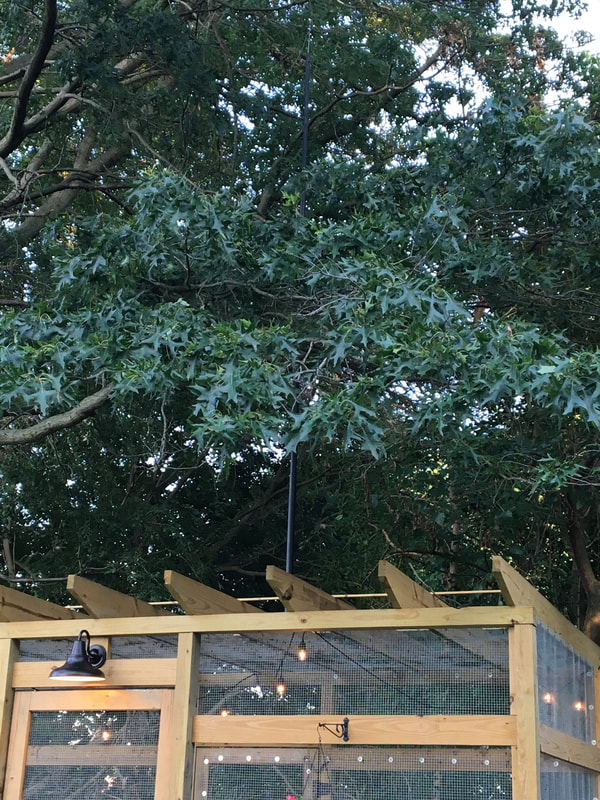
 RSS Feed
RSS Feed



